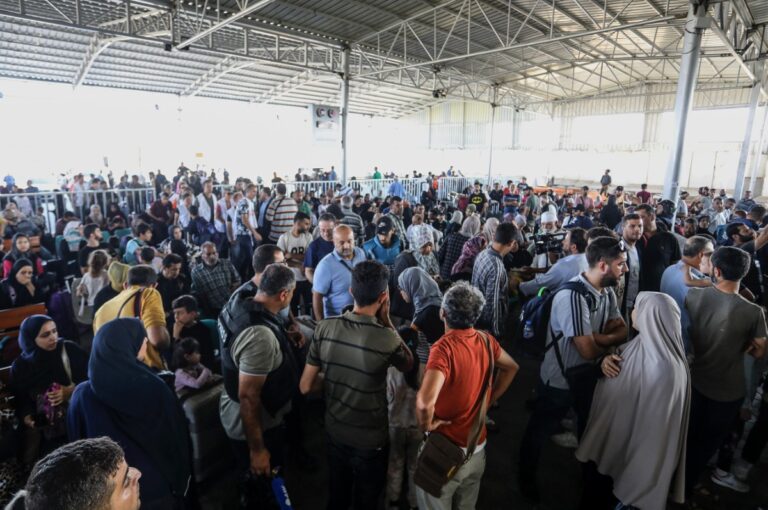The Rafah Crossing Point, located on the border between Egypt and the Gaza Strip, has long been a flashpoint in the Middle East region. Let’s take a look at why.
Table of Contents
Why is the Rafah Crossing a critical point?
It is the only crossing point between these two territories. And is often the only escape route for thousands of Palestinians seeking safety from the conflicts that periodically plague Gaza.
The Rafah Crossing Point is a vital facility, as it provides Gaza residents with access to the outside of the territory and essential services, including medical care.
However, access through the Rafah Crossing Point has been characterized by chronic instability. Closures and reopenings have become the norm, often following political or security events in the region.
This situation has created uncertainty for those who depend on this crossing for travel and access to vital resources.
The history of the Crossing
Its history is rooted in the 1979 peace treaty, when Egypt became the first Arab country to recognize Israel and sign a peace agreement.
Following this agreement, Sinai returned under Egyptian control, and a buffer zone was established between the two countries known as the Philadelphia Way. The border between Gaza and Egypt was then redefined and drawn right at Rafah, a Palestinian city with a population of over 150,000.
Over the years, the Rafah Crossing Point has been the scene of numerous events and conflicts. In 1982, when Israel withdrew from Sinai, Rafah was divided in two, separated by a barbed wire barrier.
On one side, the Egyptian side and, on the other, the Palestinian side. This division caused enormous hardship for thousands of families divided between the two territories.
In 2005, the Crossing was opened under the control of the European Union Border Assistance Mission. But it remained operational only until 2006, when it was closed following the abduction of Israeli soldier Gilad Shalit by Hamas members.
Since then, the crossing has been subject to frequent closures, some of them short-lived and others more prolonged.
The situation was further complicated by Hamas’ takeover of the Gaza Strip in 2007, with Egypt again closing the Crossing. Over the years, there have been attempts by both Hamas and Egypt to control and manage the crossing. Thus leading to further challenges and uncertainties for those trying to cross the border.
The Rafah Crossing Point has remained a point of conflict and political discussion in the region. Its fate remains uncertain, with communities in Gaza depending on this vital crossing for their essential needs.
Read also: Conflict in the Gaza Strip, who supports Israel and who Hamas? The major funders of the war












